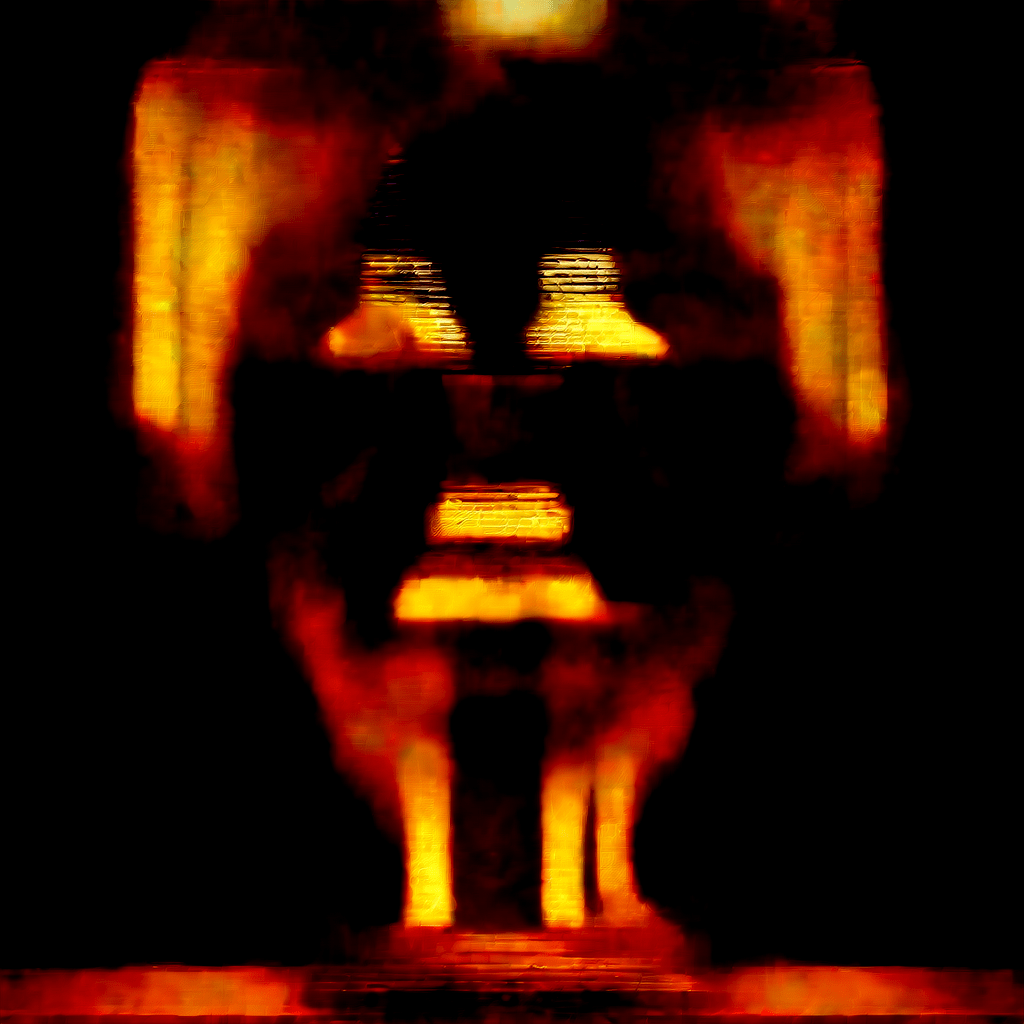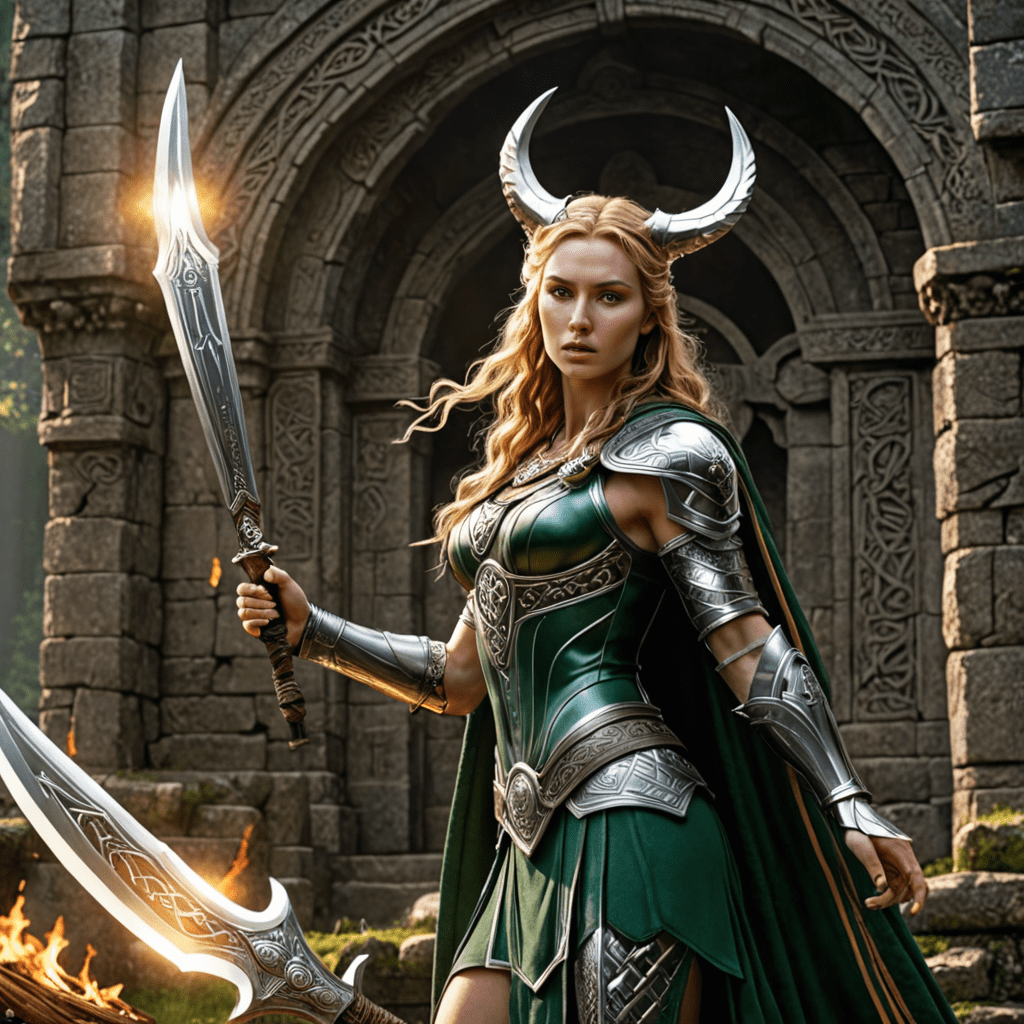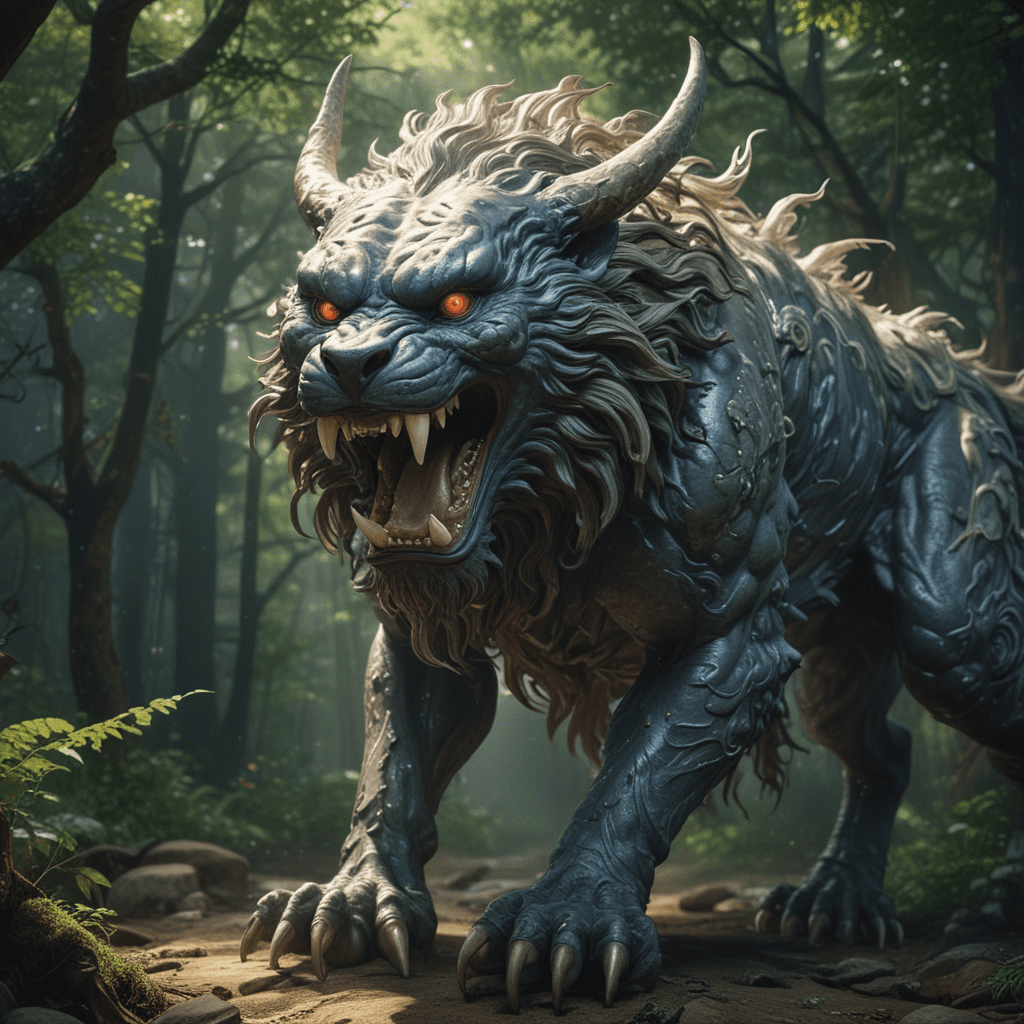The Myth of the God Khonsu in Egyptian Mythology
Who is Khonsu in Egyptian Mythology?
In Egyptian mythology, Khonsu is a lunar deity typically depicted as a young man with a sidelock of youth and wearing the Atef crown adorned with the symbols of the crescent moon and falcon. He is associated with the moon, time, youth, and healing. Khonsu is often depicted as the son of the goddess Mut and the god Amun, forming part of the Theban Triad in ancient Egyptian cosmology.
What are Khonsu’s Responsibilities and Attributes?
Khonsu is the god of the moon, embodying the youthful, growing, and regenerating nature of this celestial body. He oversees matters of time, moderation, healing, and protection. Ancient Egyptians believed that Khonsu could ward off illness, offer healing, and bring about vitality and energy to those in need. He is often portrayed with the regenerative powers associated with the lunar cycle, creating a symbol of renewal and balance.
What are Some Notable Stories and Representations of Khonsu?
One famous myth involving Khonsu originates from Thebes, linking him to the Theban Triad alongside Amun and Mut. In this myth, Khonsu is said to have helped Thutmose III during military campaigns, emphasizing his role as a protector and warrior deity. Additionally, various inscriptions and artifacts depict Khonsu holding the symbols of life and power, showcasing his abilities in granting vitality and safeguarding the living.
How is Khonsu Revered and Honored in Ancient Egypt?
Ancient Egyptians held Khonsu in high regard, associating him with vitality, protection, and healing. Temples dedicated to Khonsu were places of pilgrimage and healing rituals. The god’s influence extended to various aspects of life, including timekeeping, magic, and fertility. People sought Khonsu’s blessings for good health, prosperity, and the renewal of energy in both body and spirit.
This glimpse into the mythology of the god Khonsu serves as a testament to the intricate belief systems and symbolic representations present in ancient Egyptian culture and religion. His significance in lunar cycles, healing, and protection underscores the rich tapestry of deities and their attributes within Egyptian mythology.
FAQ About the Myth of the God Khonsu in Egyptian Mythology
Who is Khonsu in Egyptian Mythology?
Khonsu is a prominent god in ancient Egyptian mythology, often depicted as the god of the moon, time, and youth. He is associated with healing, protection, and divine energy.
What are Khonsu’s main attributes?
Khonsu is typically shown with the lunar disk and crescent on his head, symbolizing his connection to the moon. He is often portrayed as a youthful deity carrying various symbols of power such as the ankh and scepter.
What role does Khonsu play in Egyptian mythology?
Khonsu is believed to have played a significant role in maintaining balance and order in the cosmos, ensuring the passage of time and the cycles of life. He was also associated with fertility and rejuvenation.
Are there any myths or legends involving Khonsu?
One famous myth involves Khonsu aiding in the healing of the god Horus’ eye after a battle. He is also linked to the story of the Theban Triad, where he is the son of Amun and Mut, forming a powerful divine family.



